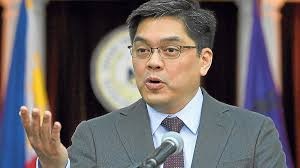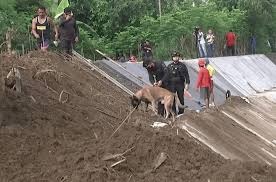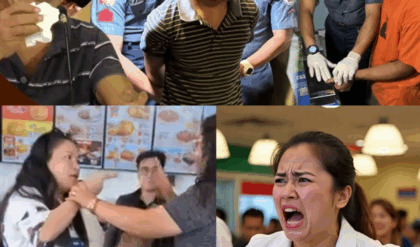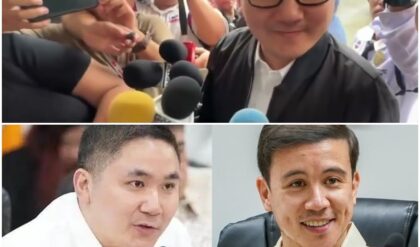Introduction: Beyond Prosecution, The Push for Restitution

MANILA, Philippines — The government’s multi-agency crackdown on the sprawling flood control corruption scandal has moved into an aggressive new phase focused on financial recovery. The Independent Commission for Infrastructure (ICI), in coordination with government partners, is set to pursue the forfeiture of an estimated ₱5 billion worth of cash and assets that have been covered by freeze orders issued by the Court of Appeals (CA).
ICI Executive Director Brian Keith Hosaka announced at a recent press briefing that this initiative aims to bring swifter “restitution” to the Filipino people, acknowledging that the process of securing criminal convictions can be lengthy due to the demands of judicial due process.
A Faster Path to Justice: Civil and Administrative Remedies
The strategy involves bypassing the protracted timeline of criminal trials by focusing on civil and administrative remedies. Hosaka clarified that the forfeiture proceedings will be filed separately from any potential criminal charges against corrupt officials and individuals.
“Each agency will be helping each other on how we can recover the assets that are in possession of people who might be responsible for these anomalous flood control projects,” Hosaka stated.
He quoted ICI Chairman Andres Reyes Jr., a former Supreme Court Justice, in driving home the point: “Justice will be served or can be served better if there is restitution—meaning public funds will be returned.”
Hosaka explained that the Office of the Solicitor General (OSG), led by Solicitor General Darlene Berberabe, will be instrumental in this process. “I was discussing this with the Solicitor General and she said that there’s going to be an application before the Court of Appeals,” he said.
“This is an administrative and civil avenue, which in a way is shorter, because as I said earlier, it will not be going through the more thorough process of judicial proceedings.”
The Scope of Frozen Assets: P4.67 Billion and Counting
The foundation for the forfeiture effort is the extensive action taken by the Anti-Money Laundering Council (AMLC), which has successfully secured multiple freeze orders from the Court of Appeals.
As of October 10, 2025, the AMLC reported securing its sixth freeze order on assets linked to the flood control mess. Since the first order was issued on September 16, the AMLC has frozen a massive collection of assets believed to be connected to the anomalous projects:
Asset Type
Quantity Frozen
Bank Accounts
1,671
Real Properties (Residential, Commercial, Agricultural)
99
Motor Vehicles
163
Insurance Policies
58
E-wallet Accounts
12
The AMLC estimates the total value of the frozen assets has reached ₱4.67 billion, a figure that is expected to increase as the investigation continues to uncover new leads and secure additional freeze orders. A freeze order, which is initially effective for 20 days but can be extended up to a total of six months, is issued by the CA upon a finding of probable cause that the assets are related to unlawful activity.
Immediate Recovery: The Luxury Car Auction
Beyond the court-led forfeiture of bank accounts and real estate, immediate recovery is being pursued through the sale of high-value items.
Hosaka disclosed that the Bureau of Customs (BOC) is preparing to auction off 13 luxury cars confiscated from the implicated contractor couple, Pacifico “Curlee” and Cezarah “Sarah” Discaya, in the coming weeks.
“Earlier, Commissioner Ariel Nepomuceno shared with us that the 13 luxury cars with them, they found that there were some missing documents, which now gives them the right to auction these off,” Hosaka said. Once the approvals from the Department of Finance (DOF) are secured, the auction will facilitate “immediate recovery” of public funds.
Additionally, the ICI is examining the documents for other luxury cars voluntarily surrendered by former Department of Public Works and Highways (DPWH) engineer Brice Hernandez to determine if they, too, can be quickly put up for auction.
Justice is Not Enough: The Call for Societal Healing

On the day of the press briefing, ICI Chair Andres Reyes Jr. met with officials from 18 different government agencies to coordinate the comprehensive asset recovery plan. The agencies represented included the AMLC, BOC, Bureau of Internal Revenue, Department of Justice, Office of the Solicitor General, and the National Bureau of Investigation, among others.
Reyes powerfully emphasized that success in the investigation must be measured not just by punishment, but by restitution, a concept he defined as “the act of making good or giving the equivalent for any loss, damage, or injury; and indemnification.”
“All those persons responsible for this may be prosecuted and jailed, but to completely heal our nation, justice is not enough. We need restitution,” Reyes stressed.
He underscored the moral imperative behind the recovery efforts: “These assets were purchased using public funds. They belong to the Filipino people. Money that could have been spent on building schools, hospitals, and road projects was instead burned wantonly on useless luxuries and vices.”
The ICI’s collaborative approach signals a unified governmental effort to “recover what was stolen” and deliver complete healing to the nation by ensuring that the illicitly gained wealth is returned to the public coffers.




